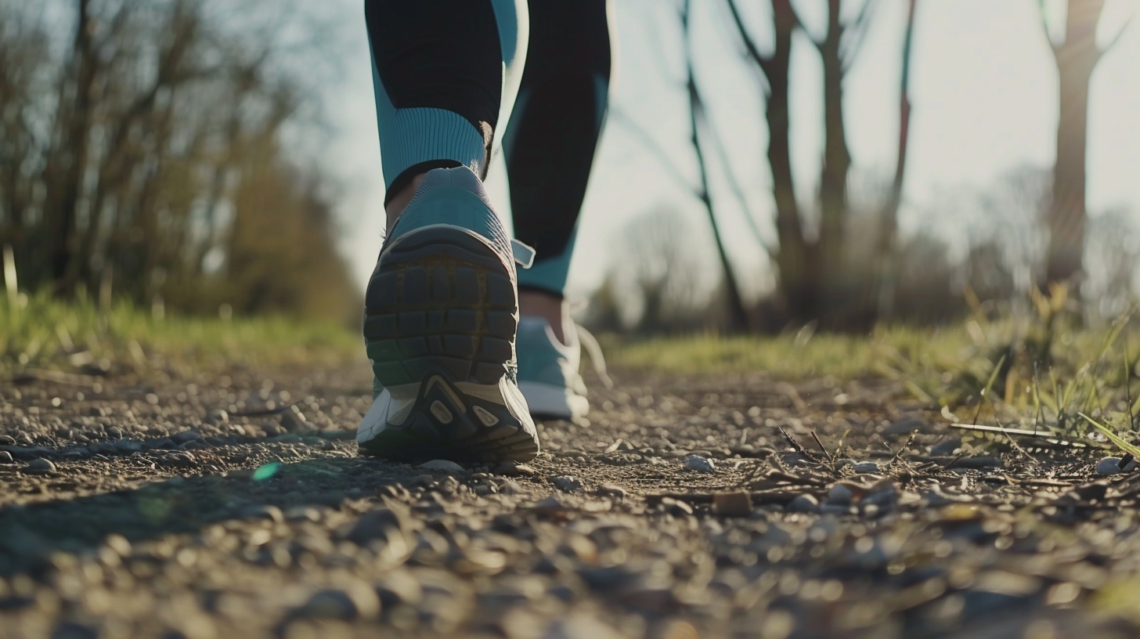
Walking: Key to Health & Well-being
Walking, often underestimated in its capacity to foster health, is a cornerstone of preventive medicine. This gentle, yet incredibly effective, form of exercise is universally accessible, requiring no special equipment or environment, making it an ideal starting point for those who want to incorporate more physical activity into their routines. It engages the cardiovascular system, enhancing heart health by improving blood circulation, reducing blood pressure, and lowers the risk of heart disease. Regular walking adjusts the body’s lipid profile by increasing high-density lipoprotein (HDL) cholesterol levels and decreasing low-density lipoprotein (LDL) cholesterol levels, thus playing a pivotal role in managing and preventing type 2 diabetes by regulating blood sugar levels. The musculoskeletal benefits are also equally significant; walking strengthens bones and muscles, enhancing joint flexibility and reducing the risk of osteoporosis and arthritis. For those normally sedentary, the transition to incorporating walking into daily routines can profoundly mitigate the risk of chronic diseases and support healthy aging.
The psychological benefits of walking are just as compelling as the physical. Engaging in regular walks can act as a powerful antidote to stress, anxiety, and depression. The rhythmic nature of walking fosters a meditative state of mind, promoting mental clarity and emotional resilience. Exposure to natural settings during walks can further amplify these effects, as nature’s tranquility has been shown to lower stress hormones, such as cortisol, and enhance mood by increasing the production of endorphins, the body’s natural mood elevators. Furthermore, walking can improve sleep quality by regulating circadian rhythms, thus offering a natural remedy for those struggling with insomnia and sleep disturbances.
For individuals accustomed to a sedentary lifestyle, the thought of integrating exercise into their daily routine can seem daunting. However, the beauty of walking lies in its simplicity and adaptability.
Here are some tips and pointers to ease into walking:
- Start Slowly: Begin with short, manageable walks that do not overly tax your body. A ten-minute walk around your neighbourhood or local park is a great starting point. Gradually increase the duration and intensity of your walks as your stamina and confidence grow.
- Set Realistic Goals: Establish achievable walking goals that motivate you without causing discouragement. You might start by aiming to walk three days a week, gradually increasing to most days of the week. Remember, consistency is key to reaping the long-term benefits of walking.
- Incorporate Walking into Your Daily Routine: Look for opportunities to walk in your daily life, such as taking the stairs instead of the elevator, parking further away from your destination, or opting for a walking meeting.
- Make It Enjoyable: Walking with a friend or listening to your favourite podcast or music can make the experience more pleasurable and something to look forward to. Exploring new walking paths or trails can also add an element of adventure.
- Listen to Your Body: Pay attention to your body’s signals. If you experience discomfort or pain, allow yourself time to rest and recover. It’s important to distinguish between the natural physical adjustments to new activity levels and signals that may indicate the need for medical attention.
- Stay Hydrated and Dress Appropriately: Ensure you drink plenty of water before, during, and after your walks, especially in warmer weather. Wear comfortable, supportive footwear and dress in layers to adjust to changing temperatures.
Walking is a remarkably versatile form of exercise that offers extensive benefits for physical health and mental well-being. It is particularly suited for those easing their way from a sedentary lifestyle into a more active one. As you embark on this journey, remember to be patient with yourself and recognize each step as progress towards a healthier, more vibrant life. The path to wellness is a journey, not a destination, and walking can be a delightful companion along the way.

